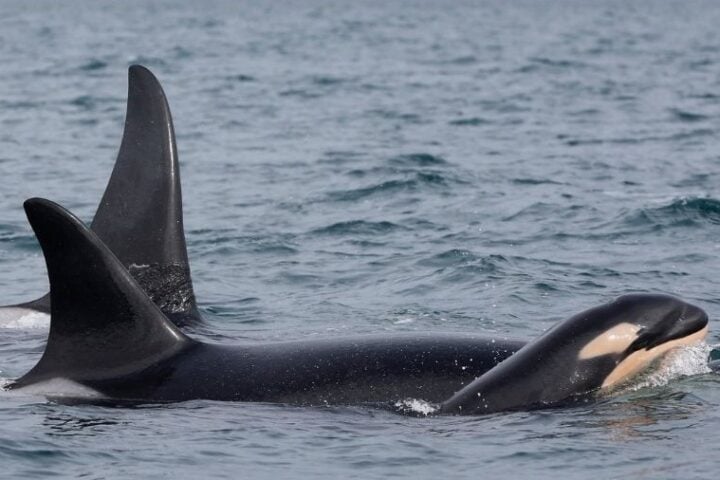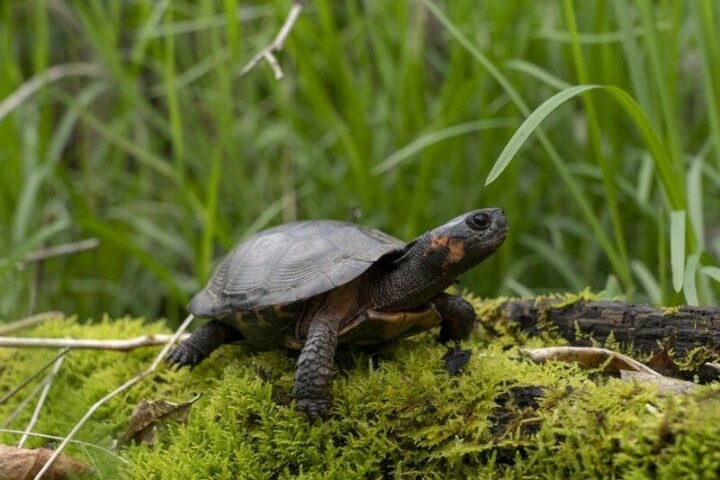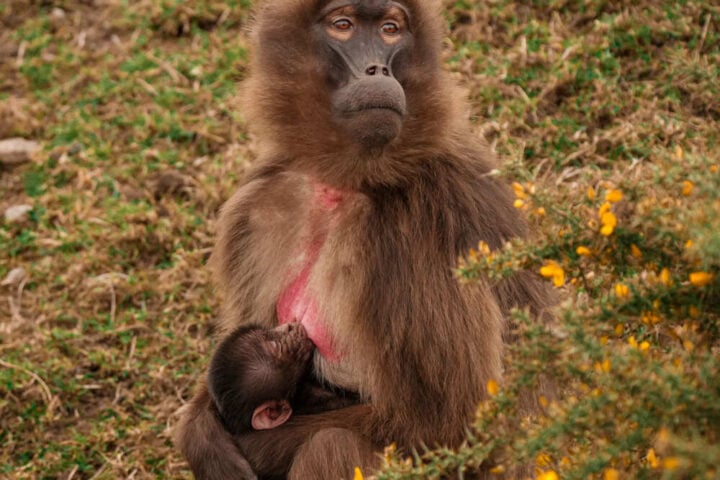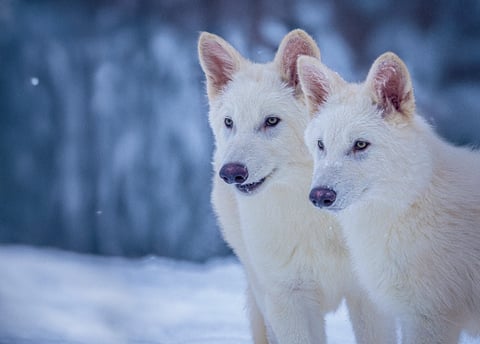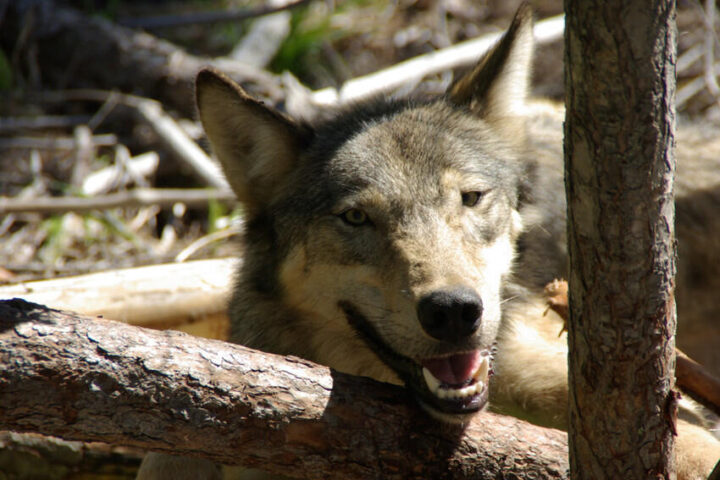In a decisive move to protect the world’s tallest land animal, the U.S. Fish and Wildlife Service (USFWS) has proposed listing several giraffe species under the Endangered Species Act. The announcement comes as the three subspecies of northern giraffe populations face a staggering 77% decline since 1985, with numbers dropping from 25,653 to merely 5,919 individuals.
The Masai giraffe population currently stands at 45,402, representing a 33% decline from 1970s numbers. The reticulated giraffe maintains a population of 15,985, with 99% concentrated in Kenya—a concerning geographic limitation that leaves the species vulnerable to localized threats.
USFWS Director Martha Williams stated, “Federal protections for giraffes will help protect a vulnerable species, foster biodiversity, support ecosystem health, combat wildlife trafficking, and promote sustainable economic practices.” The proposal marks the first time these African mammals would receive federal protections under U.S. law.
What regulations are planned?
Three northern giraffe subspecies are proposed for the endangered status: the West African, Kordofan, and Nubian giraffes. Additionally, the reticulated and Masai giraffes of East Africa face classification as threatened species. Of particular concern is the West African giraffe, with only 690 individuals remaining in the wild.
The U.S. market’s role in giraffe decline requires scrutiny. A 2018 report revealed that America imported nearly 40,000 giraffe parts over a decade. Trophy hunters regularly travel to Africa, returning with giraffe heads and necks for wall mounting—a practice that would require permits under the new regulations.
The proposal includes provisions for:
- Mandatory permits for giraffe part imports
- Enhanced funding for conservation research
- Support for range country preservation efforts
- Increased global awareness initiatives
More Stories
These measures aim to address multiple threats: habitat fragmentation due to urbanization, poaching for bushmeat, and the growing pressure of human population expansion into giraffe territories. Giraffes are also valued for their hair and tails, according to the source documents.
Additionally, both subspecies of southern giraffe (Angolan and South African) are not warranted for listing under the ESA. However, given their similarity of appearance to other giraffe species, the Service proposes to treat the southern giraffe subspecies as threatened with a 4(d) rule.
Challenges and solutions for conservation
Climate change has emerged as a critical threat. Persistent droughts across Africa have devastated ecosystems, leading to widespread crop failures and wildlife deaths. This environmental pressure forces giraffes into smaller territories, increasing their vulnerability to poaching and human conflict.
USFWS has opened public comments until February 19, 2025, with a final ruling expected within a year. Environmental groups, who have advocated for these protections for a long time, see this as a crucial step toward preserving these unique creatures for future generations.
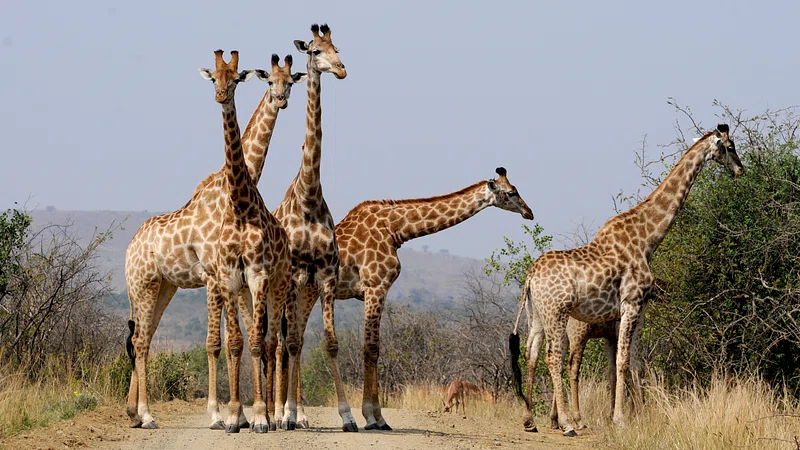


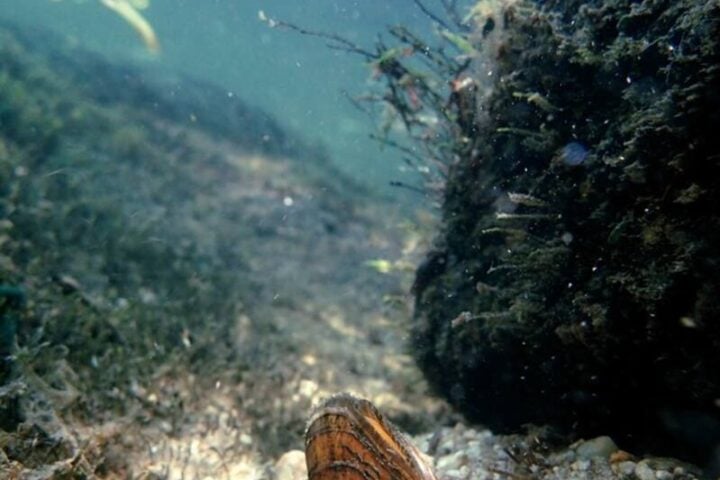




![Representative Image: European Starling [49/366]. Photo Source: Tim Sackton (CC BY-SA 2.0)](https://www.karmactive.com/wp-content/uploads/2025/04/Starlings-Drop-82-in-UK-Gardens-as-Birdwatch-2025-Reveals-Record-Low-Count-Since-1979-720x480.jpg)

